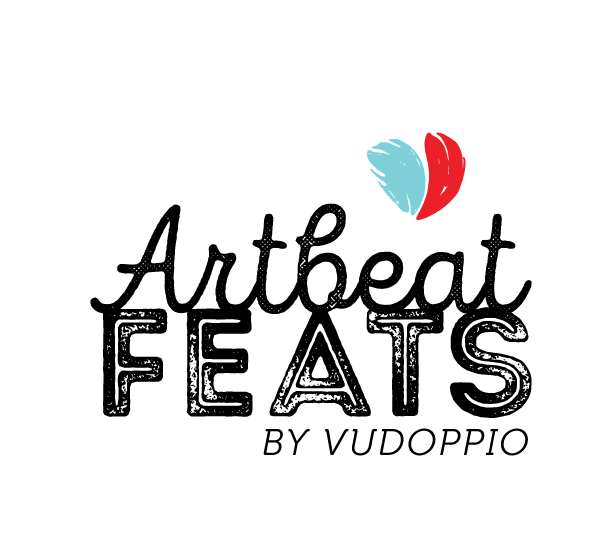Sheep + Big = Beauty
I just recently discovered that the kanji or Chinese character for beauty combines the character for sheep with big. I’ve never connected these dots in my mind: sheep and beauty. But I can make the connection of associating sheep with bliss: of dreaming by counting sheep ’til sleep. And the best dreams are, afterall, blissful.
Beauty is a form of visual bliss? Feeling the soft comfort of sheep’s wool. Appreciating the symmetry of a fellow mammal, in the distance between their eyes. Our association of sheep with soft textures and warmth and coziness is a form of blissful comfort in the coldest times of year.
I didn’t mean to chase sheep. Instead, this past summer, I chased volumes of Akiko Higashimura’s manga series, Princess Jellyfish and Blank Canvas, My So-Called Artist’s Journey, and Tokyo Tarareba Girls. Beauty is a theme central to a few of her series.
There’s Beauty in Art, Gourmet, and Fashionistas
The word for beauty is literally inside the words for art, gourmet, and fashionistas (paired with manga to which the theme is central):
- Art, bi + jutsu (beauty + technique) – Blank Canvas, My So-Called Artist’s Journey
- Gourmet, bi + shoku (beauty + eat) – Bishoku Tantei or Gourmet Detective, Tokyo Tarareba Girls (and their eating habits)
- Beautiful people (fashionistas), bi + jin (beauty + person) – Princess Jellyfish
They initially inspired this kanji quest to explore the meaning and associations of beauty in Japanese pop culture. Tokyo is also the site of a few of her manga, like Tokyo Tarareba Girls and Princess Jellyfish. I recently finished a K-drama on Netflix, which had a nostalgic location title, Memories of the Alhambra, (capturing the imagination of a game designer enough to be the site of his deadly video game). Similarly, I rekindle my quest for kanji literacy due to my wish to visit Tokyo again.
This series, I dream of Omotesando, looks forward to the day I can visit again, to the art + design consumer’s bliss.
Visit Shop




